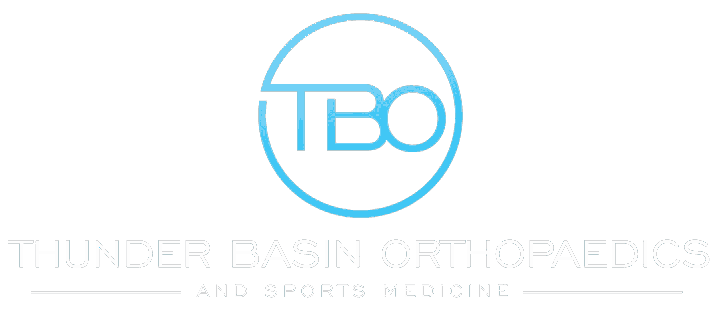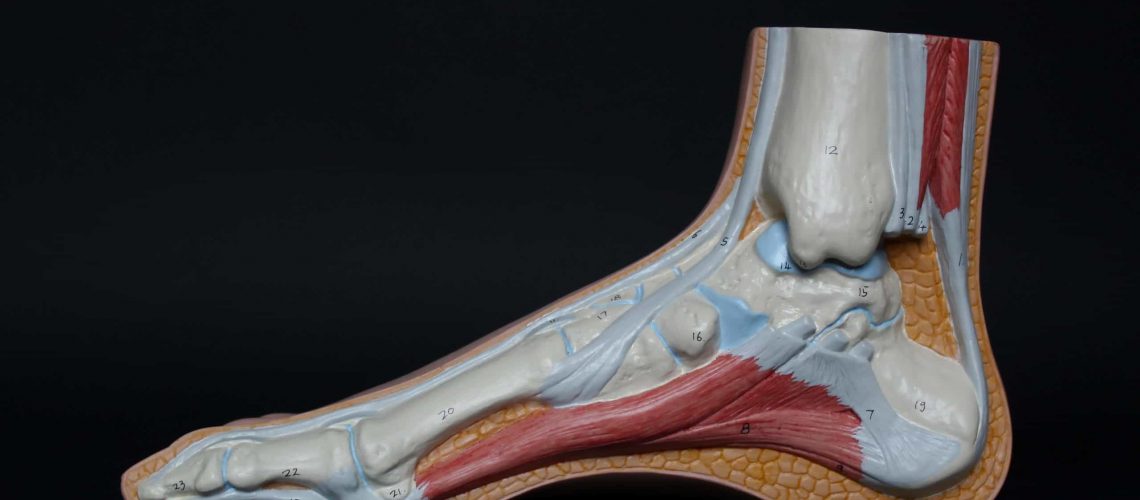The Achilles tendon is a large tendon that runs down the back of the lower leg, connects your calf muscle to your heel bone, and is the largest tendon in the body. You use your Achilles tendon when you climb stairs, run, walk, jump, and stand on the tips of your toes. Although the Achilles tendon can withstand stress from running and jumping, it is also susceptible to tendonitis when overused. Achilles tendonitis is a common condition, especially for athletes, and occurs when the Achilles tendon becomes irritated and inflamed.
Tendinitis or tendonitis occurs when there is an acute tendon inflammation and is the body’s natural response to an injury. However, it can also cause pain, swelling, or irritation. Tendinitis can also result from micro-tears to the tendon during high-impact exercises such as running or jumping.
If you are experiencing pain in your Achilles tendon area, consulting with an orthopedist can ensure your injury is cared for properly. We will discuss what tendonitis is, the symptoms, diagnosis, and treatment for Achilles tendinitis.
Contents
Risk Factors And Causes
Various factors increase your risk of Achilles tendonitis, including:
- Your age because Achilles tendonitis risk increases as you age
- Your sex because males are more commonly affected
- Physical conditions like having a naturally flat arch, being obese, or having tight calf muscles will add more strain on your Achilles tendon
- Training practices like running on hilly terrain and wearing worn-out running shoes, sudden increases in the intensity or amount of exercise you perform may cause inflammation and irritation to your Achilles tendon
- Medical conditions such as having high blood pressure
- Certain antibiotics called fluoroquinolones have been associated with increased risk
Prevention
You can mitigate your risk of developing Achilles tendonitis by:
- Increasing or adding to your physical activity level gradually
- Warming up before you exercise
- Choosing supportive shoes and replacing them when they wear out
- Stretching every day, especially your calf muscles and Achilles tendon, before exercising and after exercising
- Strengthening the muscles in your calf area
- Cross training and alternating high-impact activities like jumping and running with swimming and cycling
Two Types Of Achilles Tendinitis
In both types of tendinitis, the damaged tendon fibers may harden over time.
- Noninsertional Achilles Tendinitis occurs when the middle portion of the tendon, which is above where the tendon attaches to the heel, becomes irritated and swollen and usually affects younger active individuals, especially runners.
- Insertional Achilles tendonitis occurs when the lower portion of the tendon that attaches to the heel bone is often caused by tightness in the calf muscle and can occur at any activity level. However, it’s still most common in runners.
Symptoms
Common symptoms of Achilles tendinitis are:
- Moderate-to-severe pain the following day after exercising
- A thickening of the Achilles tendon
- Pain along the end of an area or on the back of the heel that gets worse with activity
- Stiffness and pain along the Achilles tendon, especially in the morning
- Bone spurs are associated with insertional tendonitis
- Swelling that worsens with movement or throughout the day
- Pain on the back of the heel while wearing shoes
Treatment For Achilles Tendinitis
Tendinitis treatment will vary based on the severity level of symptoms and pain. For example, in mild cases, the treatment may involve changing your exercise routine and resting, or in more severe cases, you may need surgery. The treatment plan aims to reduce swelling and relieve pain and is essential to treating Achilles tendinitis.
Treatment methods for Achilles tendonitis include:
- Resting allows time for the tissue to heal. If you have a mild case of Achilles tendinitis, your treatment may consist of reducing the intensity of your workout; however, with severe cases, you may be required to rest for several days and possibly weeks completely
- Elevating your foot and keeping it raised above the heart can help reduce swelling
- Applying ice packs to your tendon area either after exercising or when in pain can help alleviate inflammation and pain
- Over-the-counter pain relief medicines such as non-steroidal anti-inflammatory products such as ibuprofen may help reduce swelling and pain. Make sure you check with your doctor first if you have kidney disease or liver disease, or asthma
- Steroid injections such as cortisone can help to reduce swelling in your tendon however can sometimes increase the risk of tendon rupture. To reduce the risk of rupture, scan the area with an ultrasound while giving the injection
- Orthotic devices and compression bandages such as shoe inserts or ankle supports can help your recovery by taking stress off your tendon. Wearing heel lifts in your shoes can help move your foot away from the back of your shoe and may be beneficial for patients with insertional Achilles tendinitis
- Extracorporeal shockwave therapy(ESWT) helps to stimulate the healing process by using high-energy shock waves
Once your orthopedic doctor diagnoses you with Achilles tendonitis, they will give you the best treatment options that may include all or some of the above options.
Thunder Basin Orthopaedics And Sports Medicine Is Here To Help
Suppose you are experiencing pain in your Achilles tendon, shoulder, wrist, knee, or another part of your body, and it is affecting your ability to function, work, and play. In that case, our expert doctors and experienced staff in Gillette and Douglas, Wyoming, are here to help you. At Thunder Basin Orthopaedics and Sports Medicine, we specialize in orthopaedic injuries.
Contact us today to book an appointment.


